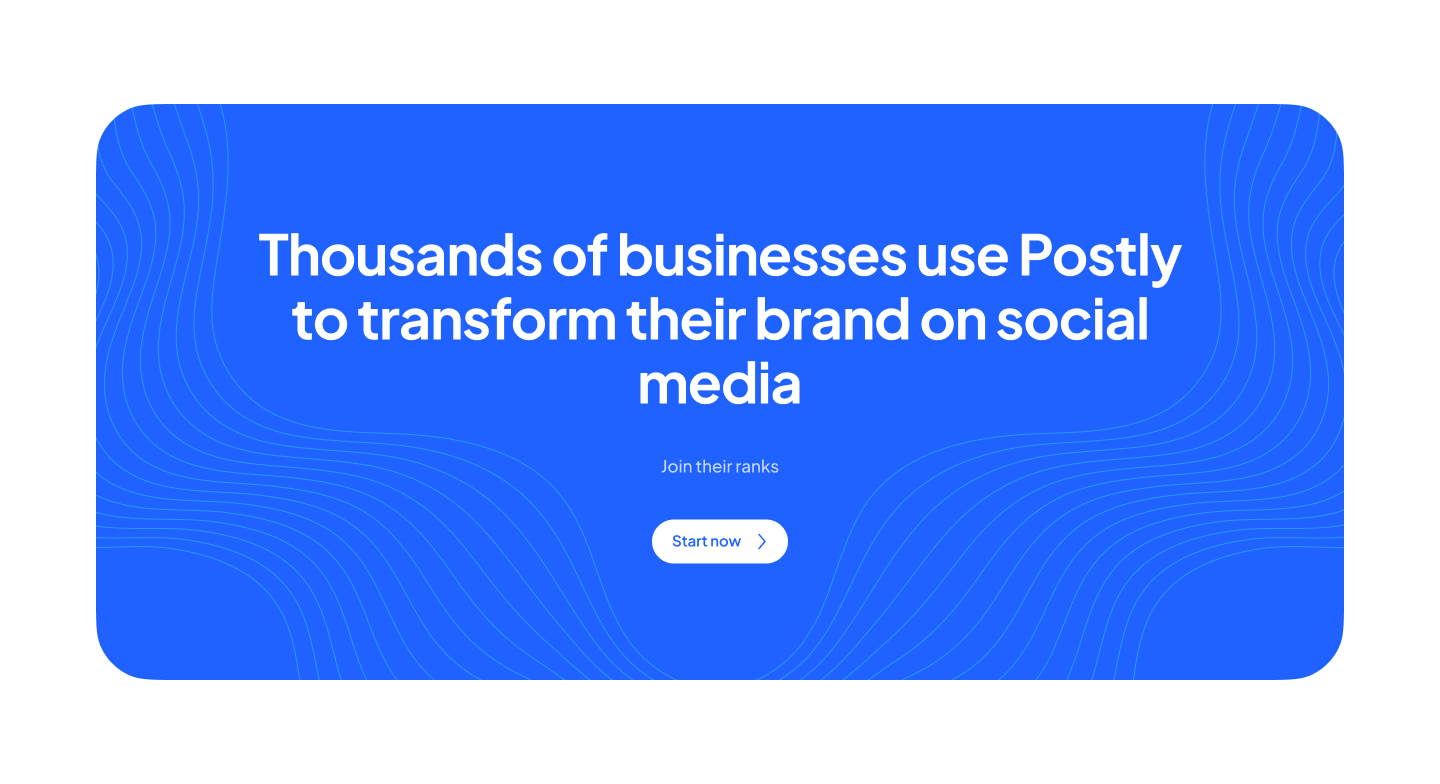The Ultimate Guide to YouTube SEO - Boosting Your Video Visibility

YouTube is not just a video-sharing platform; it's the second-largest search engine in the world after Google. With over 2 billion logged-in monthly users, YouTube offers a massive potential audience for your videos. However, simply uploading a video is not enough to ensure success. You need to master the art of YouTube SEO (Search Engine Optimization) to make your content discoverable and attractive to both users and the YouTube algorithm.
In this comprehensive guide, we'll explore the key aspects of YouTube SEO, from optimizing your video titles to understanding audience retention. Whether you're a content creator, marketer, or business owner, understanding YouTube SEO will help you leverage the platform's power and reach a broader audience.
The Importance of YouTube SEO
Why should you bother with YouTube SEO? Here are some compelling reasons:
- Increased Visibility: YouTube is highly competitive, with countless videos uploaded daily. Effective SEO helps your video stand out, increasing its chances of being discovered.
- Audience Growth: Better visibility leads to more views, subscribers, and engagement, helping you grow your YouTube channel's audience.
- Brand Promotion: For businesses, YouTube SEO can be a powerful tool to promote your brand, products, or services.
- Monetization: If you're a content creator, monetizing your channel is a great way to earn income, and SEO can boost your earnings.
- Educational Content: For educators, trainers, and organizations, YouTube SEO helps ensure your educational content reaches your target audience.
Now, let's dive into the core components of YouTube SEO.
1. Keyword Research and Optimization
Keywords are the foundation of YouTube SEO. They are the search terms and phrases that users type into YouTube's search bar. To optimize your videos:
- Keyword Research: Use keyword research tools like Google's Keyword Planner, Ahrefs, or VidIQ to identify relevant keywords for your content. Look for high-search-volume keywords related to your niche.
- Video Title: Place your primary keyword at the beginning of your video title. Ensure the title is concise, engaging, and accurately reflects the content.
- Video Description: Craft a detailed video description that includes your target keywords. Describe the video's content, and use natural language to include secondary keywords.
- Tags: Use relevant tags that relate to your video's content. Include a mix of broad and specific tags. You can use tools like VidIQ to discover tags used by popular videos in your niche.
2. Engaging Thumbnails
Your video's thumbnail is the first visual users see. An attractive, compelling thumbnail can significantly impact click-through rates (CTR). To create effective thumbnails:
- High-Quality Images: Use high-resolution images that are relevant to your video content.
- Contrast and Brightness: Make sure your thumbnails are bright and have good contrast. This makes them more eye-catching.
- Consistent Branding: Maintain a consistent style or branding in your thumbnails to help viewers recognize your content easily.
- Text and Graphics: Add concise and compelling text or graphics to convey what your video is about.
- Testing: Experiment with different thumbnail designs and track their performance. Use YouTube analytics to assess CTR improvements.
3. Optimize Video Content
Optimizing your video content itself is crucial for YouTube SEO.
- Video Quality: Create high-quality videos with clear visuals and audio. Quality videos tend to rank better.
- Engagement: Encourage likes, comments, and shares. These metrics play a role in video rankings.
- Subtitles and Closed Captions: Including subtitles and closed captions not only improves accessibility but also provides YouTube with more text to index your video.
- End Screens and Cards: Use end screens and cards to keep viewers engaged with your content. Suggest other relevant videos or prompt users to subscribe.
4. Video Length and Audience Retention
YouTube values viewer engagement, so video length and audience retention are critical.
- Video Length: Longer videos (10 minutes or more) have the potential to include more ads and generate higher ad revenue. However, video length should match the content's depth, and viewers' attention spans.
- Audience Retention: High audience retention rates indicate that viewers find your content engaging. Analyze your video analytics to identify when viewers tend to drop off and try to improve those sections.
5. Publishing Schedule and Frequency
Consistency is essential. Regularly publishing high-quality content can lead to better search rankings and a more loyal subscriber base.
- Set a Schedule: Plan and stick to a consistent publishing schedule. Inform your viewers when they can expect new content.
- Frequency: Find a balance between quality and quantity. It's better to publish fewer videos if it allows you to maintain high quality.
6. Engage with Your Audience
YouTube is a social platform. Engaging with your audience by responding to comments and fostering a community around your channel can positively impact your video rankings.
- Reply to Comments: Respond to viewer comments to encourage more engagement and interaction on your videos.
- Live Streams and Premieres: Use YouTube's live streaming and premiere features to connect with your audience in real-time.
7. Promotion and Sharing
Don't rely solely on YouTube's algorithm to promote your videos. Actively share and promote your content on other social media platforms, blogs, and websites.
- Cross-Promotion: Collaborate with other YouTubers or content creators in your niche for cross-promotion.
- Social Media: Share your videos on platforms like Facebook, Twitter, and Instagram to attract more viewers.
8. Analytics and Monitoring
Regularly monitor your video performance using YouTube Analytics. Pay attention to metrics like watch time, CTR, and audience retention. Adjust your strategies based on the data.
- A/B Testing: Experiment with different strategies, titles, thumbnails, and content styles to see what resonates best with your audience.
- Learn from Analytics: Analyze your most successful videos to identify patterns or topics that your audience prefers.
9. Mobile Optimization
With a significant portion of YouTube views coming from mobile devices, ensure your content is mobile-friendly. This includes using legible text, mobile-responsive design, and clear audio.
10. YouTube SEO Tools
Several tools and software can help with YouTube SEO, including:
- VidIQ: Offers keyword research, video auditing, and analytics.
- TubeBuddy: Provides features like tag suggestions, A/B testing, and bulk editing.
Conclusion
YouTube SEO is a multifaceted strategy that combines optimizing video elements, understanding your audience, and leveraging analytics. With consistent effort and adaptation, you can improve your video's visibility and reach a broader audience.
Remember that YouTube's algorithm is continually evolving, so staying up to date with the latest trends and best practices is essential for maintaining a successful YouTube channel. Whether you're a content creator, marketer, or business owner, mastering YouTube SEO is the key to maximizing your video's impact on the platform. So, start optimizing, creating, and engaging, and watch your YouTube channel grow!

